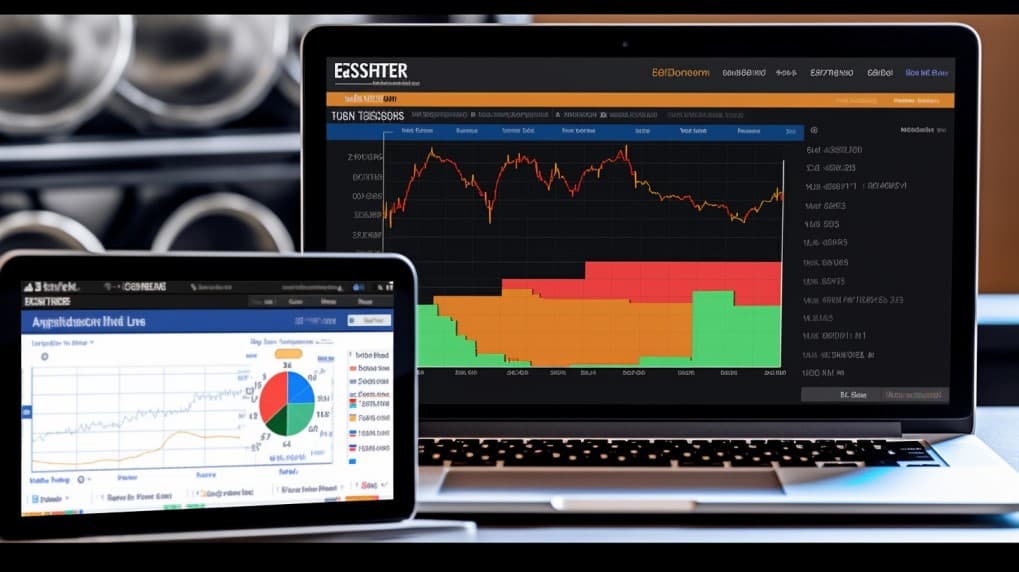
WDIV VS VYM
In the world of finance, ETFs (Exchange Traded Funds) have become a popular investment vehicle for many investors. Among the myriad of options available, two ETFs that have garnered attention are WDIV and VYM. Both funds offer exposure to dividend-paying stocks, but they differ in their approach and underlying holdings. This article will delve into the nuances of WDIV VS VYM, helping investors make an informed decision.
WDIV VS VYM: Sectors and Top Holdings
WDIV, or the SPDR S&P Global Dividend ETF, focuses on dividend-paying stocks from around the world. Its portfolio is diversified across various sectors, including financials, utilities, and consumer staples. Some of its top holdings include well-established companies that have a consistent track record of paying dividends.
On the other hand, VYM, the Vanguard High Dividend Yield ETF, is more US-centric. It tracks the FTSE High Dividend Yield Index, which includes US companies known for their high dividend yields. The sectors it leans heavily on are financials, healthcare, and consumer goods. Its top holdings are typically blue-chip companies with a long history of dividend payments.
 WDIV overlap WDIV VS VYM
WDIV overlap WDIV VS VYM
WDIV VS VYM: Capitalization Strategy
When it comes to capitalization strategy, WDIV and VYM have distinct differences. WDIV tends to have a more balanced approach, with a mix of large-cap, mid-cap, and even some small-cap stocks. This diversification allows it to tap into the growth potential of smaller companies while still maintaining stability with larger, more established firms.
VYM, in contrast, is heavily weighted towards large-cap stocks. These are companies with a market capitalization of $10 billion or more. The emphasis on large-cap stocks means that VYM is generally considered to be a more stable investment, but it may miss out on the higher growth potential offered by smaller companies.
WDIV VS VYM: Tracking and Exposure
Both WDIV and VYM aim to track specific indices. WDIV tracks the S&P Global Dividend Aristocrats Index, which focuses on companies that have consistently increased their dividends for at least a decade. This means that WDIV offers exposure to global companies with a strong dividend history.
VYM, as mentioned earlier, tracks the FTSE High Dividend Yield Index. This index is more focused on the yield than the consistency of dividend payments. As a result, VYM provides exposure to US companies that might have higher yields but not necessarily a long history of consistent dividend growth.
Conclusion
Choosing between WDIV and VYM boils down to an investor's individual goals and risk tolerance. If one is looking for global exposure and a mix of capitalizations, WDIV might be the better choice. However, for those who prefer a more US-centric approach with a focus on large-cap stocks, VYM could be more appealing.
Both ETFs offer the potential for dividend income, but their strategies and exposures differ. It's essential to understand these differences and align them with one's investment objectives before making a decision.
Sources:
- SPDR S&P Global Dividend ETF official website.
- Vanguard High Dividend Yield ETF official website.
- "Comparing Dividend ETFs: WDIV vs. VYM," Financial Times.
- "The Rise of Dividend ETFs," Wall Street Journal.
WDIV ETF issuer
WDIV ETF official page
VYM quote and analysis
Discover the top holdings, correlations, and overlaps of ETFs using our visualization tool.
Our app allows you to build and track your portfolio.
To learn more about the VYM Vanguard High Dividend Yield Index ETF, access our dedicated page now.